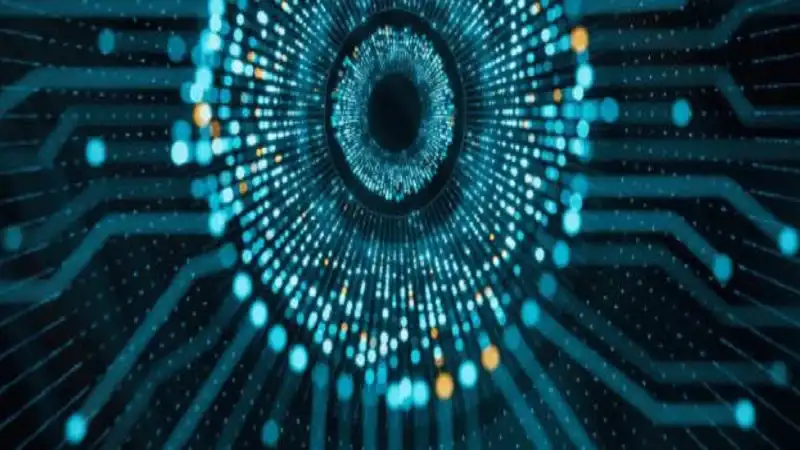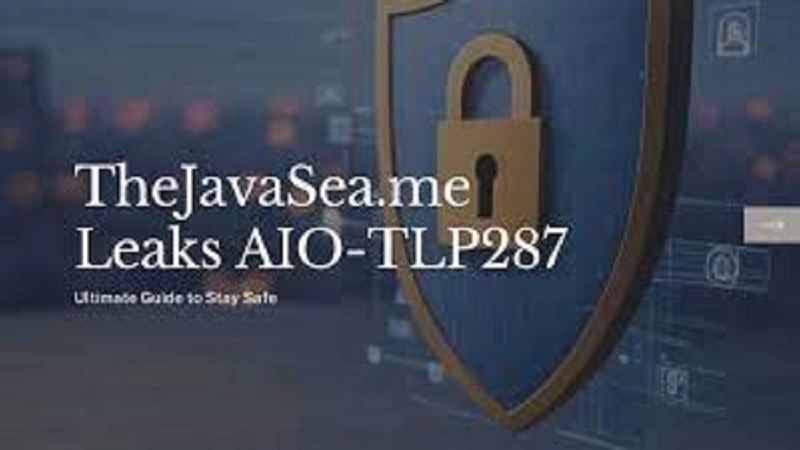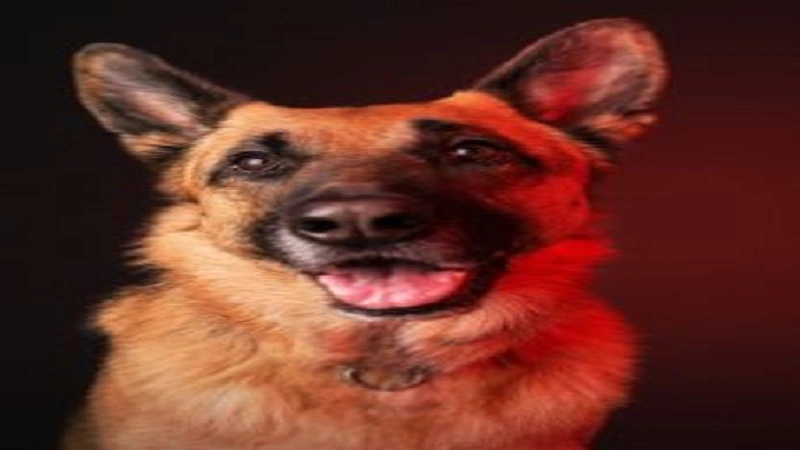
The Internet of Things (IoT) is transforming our world, Connecting the dots: unraveling iot standards and protocols everything from home appliances to industrial machines. However, this vast network of devices and systems cannot function seamlessly without a common language—this is where standards and protocols come into play. In this article, we will explore the essential role of IoT standards and protocols, the challenges they face, and how they shape the future of connectivity.
Understanding IoT: A Brief Overview
Before diving into the specifics of standards and protocols, it’s crucial to understand what IoT entails. The Internet of Things refers to the interconnection of devices that collect and exchange data via the Internet. These devices, ranging from smart thermostats to sophisticated industrial sensors, rely on standardized communication methods to function cohesively.
The potential of IoT is enormous. With projections estimating billions of connected devices in the coming years, industries and consumers alike are poised to benefit from enhanced efficiency, data-driven decision-making, and improved user experiences. Connecting the dots: unraveling iot standards and protocols.
The Importance of Standards and Protocols
What Are Standards and Protocols?
At their core, standards are agreed-upon guidelines that ensure interoperability among devices and systems. Protocols, on the other hand, are specific rules governing how data is transmitted and received over networks. Together, they form the foundation for reliable communication in the IoT ecosystem.
Why Are They Necessary?
- Interoperability: With countless manufacturers and diverse technologies, standards ensure that devices from different sources can work together. This interoperability is crucial for creating a cohesive user experience.
- Security: As IoT devices become integral to everyday life, the risk of cyber threats increases. Standards help establish security protocols to protect devices and data from unauthorized access.
- Scalability: Well-defined standards allow for seamless integration of new devices and technologies into existing networks. This scalability is essential for the growth of IoT applications.
- Innovation: Standards provide a framework within which companies can innovate without fear of being locked into proprietary technologies. This encourages competition and the development of better products. Connecting the dots: unraveling iot standards and protocols.
The Landscape of IoT Standards
The landscape of IoT standards is diverse and continually evolving. Several organizations and consortiums are dedicated to establishing guidelines for various aspects of IoT. Here are some of the key players:
- IEEE (Institute of Electrical and Electronics Engineers): Known for creating the IEEE 802.15.4 standard, which is foundational for low-rate wireless personal area networks (LR-WPANs), enabling communication for devices like smart sensors.
- IETF (Internet Engineering Task Force): This organization develops and promotes voluntary internet standards, including those relevant to IoT, such as the Constrained Application Protocol (CoAP), designed for resource-constrained devices.
- ETSI (European Telecommunications Standards Institute): ETSI develops standards for telecommunications, broadcasting, and electronic services in Europe. Their standards for machine-to-machine (M2M) communication are vital for IoT applications.
- OneM2M: This global initiative aims to create a common framework for M2M and IoT applications, enabling devices from different manufacturers to communicate effectively.
- OASIS (Organization for the Advancement of Structured Information Standards): OASIS focuses on developing standards that enhance interoperability, including those for security and messaging in IoT environments.
Popular IoT Protocols
Understanding protocols is key to grasping how devices communicate within the IoT ecosystem. Here are some of the most widely used protocols:
- MQTT (Message Queuing Telemetry Transport): This lightweight messaging protocol is designed for low-bandwidth, high-latency networks. MQTT is particularly suited for IoT applications where device resources are limited. Connecting the dots: unraveling iot standards and protocols.
- HTTP (Hypertext Transfer Protocol): While primarily used for web applications, HTTP can also be applied to IoT devices. However, its heavier resource requirements make it less suitable for constrained devices.
- CoAP (Constrained Application Protocol): Developed specifically for resource-constrained devices, CoAP is designed for use in low-power and lossy networks. It uses a RESTful architecture similar to HTTP, making it easier for developers familiar with web technologies.
- AMQP (Advanced Message Queuing Protocol): This protocol focuses on message-oriented middleware, enabling reliable communication between devices in various environments.
- Zigbee: A specification for a suite of high-level communication protocols using low-power digital radios, Zigbee is ideal for applications such as home automation.
- LoRaWAN (Long Range Wide Area Network): This protocol is tailored for low-power devices that need to communicate over long distances. LoRaWAN is commonly used in agriculture, smart cities, and environmental monitoring.
Challenges in Establishing IoT Standards
While the benefits of standardization are clear, the journey to establish a cohesive set of IoT standards is fraught with challenges:
- Fragmentation: With numerous organizations and initiatives working on different standards, the IoT landscape can become fragmented. This diversity may lead to compatibility issues, hampering the seamless integration of devices.
- Rapid Technological Advancements: The fast pace of technological change makes it challenging to keep standards up-to-date. New protocols and technologies emerge regularly, often before existing standards can be fully adopted. Connecting the dots: unraveling iot standards and protocols.
- Lack of Consensus: Achieving consensus among stakeholders, including manufacturers, service providers, and regulatory bodies, can be difficult. Competing interests may hinder the development of universally accepted standards.
- Security Concerns: As IoT devices proliferate, so do potential vulnerabilities. Standards must evolve to address emerging security threats while still allowing for innovation and flexibility.
- Globalization: IoT operates on a global scale, but differing regulations and standards across regions can complicate the implementation of a unified approach.
The Future of IoT Standards and Protocols
As we look to the future, several trends and developments will likely shape the evolution of IoT standards and protocols:
Emphasis on Security
With increasing concerns about privacy and data breaches, future standards will prioritize security measures. This could involve mandatory encryption, secure authentication protocols, and regular updates to address emerging threats. Connecting the dots: unraveling iot standards and protocols.
Interoperability Focus
To tackle fragmentation, there will be a push for greater interoperability among devices from different manufacturers. Initiatives like the Matter protocol, which aims to unify smart home devices, reflect this trend.
Edge Computing Integration
As more IoT devices operate at the edge of networks, standards will need to accommodate decentralized processing and data storage. This shift will require new protocols that allow devices to communicate effectively in edge environments.
Enhanced Data Standards
With the proliferation of data generated by IoT devices, future standards will focus on how data is structured, shared, and utilized. This may include standardized data formats and APIs to facilitate easier integration and analysis.
Sustainability Considerations
As environmental concerns grow, future IoT standards may also address sustainability. This could involve promoting energy-efficient protocols and encouraging the development of devices that minimize their environmental impact.
Conclusion
In the ever-evolving world of IoT, Connecting the dots: unraveling iot standards and protocols the dots through standards and protocols is essential for creating a cohesive, secure, and innovative ecosystem. As we navigate the complexities of interoperability, security, and rapid technological advancements, the future of IoT will depend on the collaborative efforts of industry stakeholders to establish and adopt robust standards.
By understanding the critical role of standards and protocols, we can appreciate the intricacies of IoT and its potential to reshape our world. As we move forward, let us embrace the challenge of Connecting the dots: unraveling iot standards and protocols the dots, ensuring that the promise of IoT becomes a reality for everyone.
In conclusion, the journey of IoT is just beginning, and as we unravel the web of standards and protocols, we lay the foundation for a smarter, more connected future. The path ahead may be complex, but with collaboration and innovation, we can turn challenges into opportunities, making the most of this exciting technological revolution.






